Hammers come in all shapes and sizes, they also have various purposes. One of the first findings of people using a hammer is a stick with a stone and tied with some leather. In today’s age, there are many hammers with different purposes and designs. This article will highlight 5 different types of hammers and why they are so useful.
1. Claw hammer
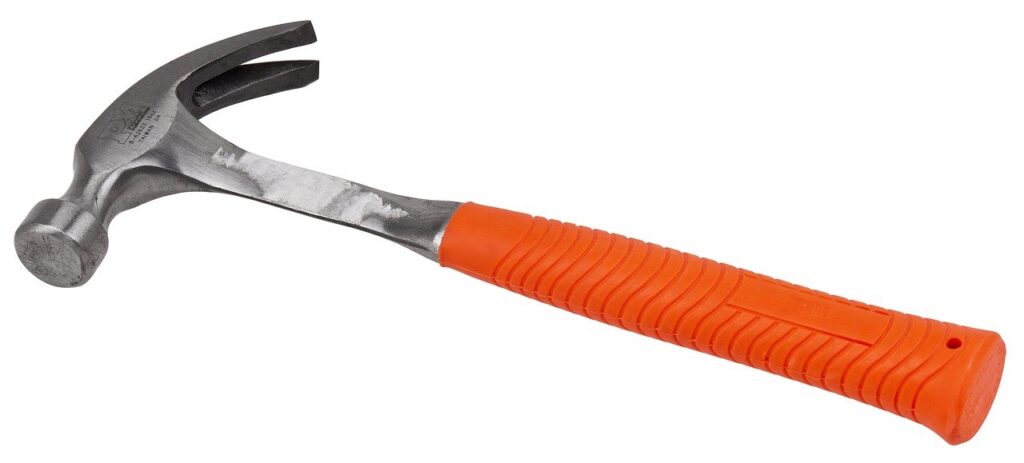
A claw hammer is the most common hammer you’d see in the media, it is used to drive nails into wood and to pull nails out of wood.
One side of the claw hammers head is designed with a “V” shape claw and curves where you insert the nail and pry in order to remove a nail. The other side is designed with a flat surface for driving impact onto a nail.
Another type of claw hammer is a framing hammer. Similar to the traditional claw hammer but it has a checkered flat surface and a heavier head.
It can also remove nails but the “V” shape claw is not curved like a traditional claw hammer, it is commonly used to pry nailed boards apart. A common framing hammer is the Douglas hammer.
2. Welding chipping hammer
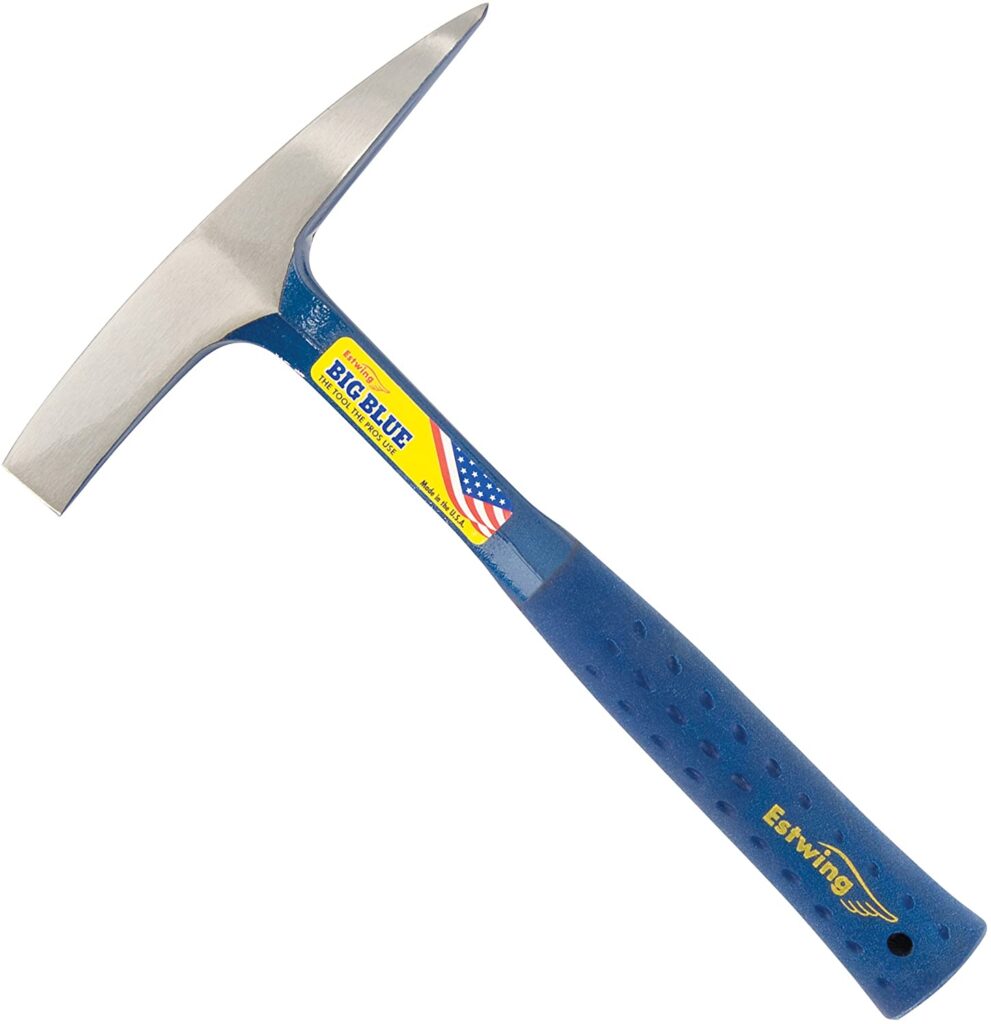
When welding you want to clean up the slags that build up when arc welding. A chipping hammer is great for this task as it will chip away at slags with easy precision versus using a chisel.
If you plan on buying one get one made of steel. Also if you want a good quality one make sure to get one forged in one piece. Some of these chipping hammers come with a wire brush attached to it which can be pretty useful.
3. Ball peen hammer
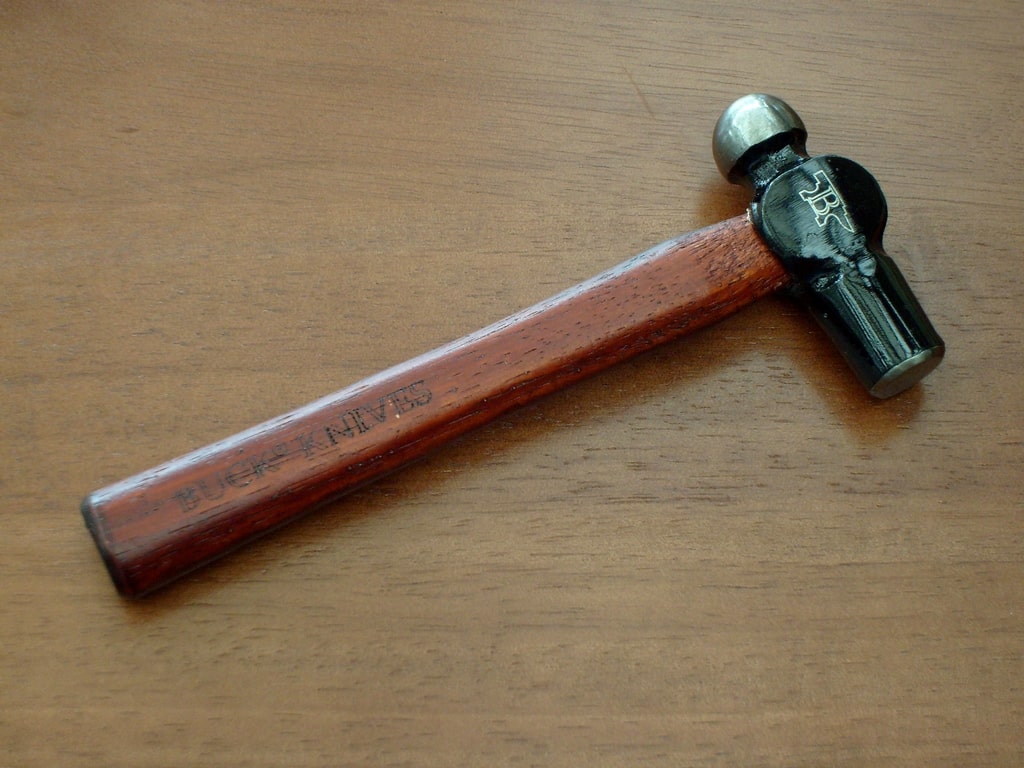
A ball-peen hammer is widely used amongst mechanics and machinists, its heavy head is typically made of heat-treated forged high carbon steel. It is used in metalworking and mechanical work.
It has a flat surface on one side of the head and a hemispherical surface on the other side also known as the peen. The peen can be used to harden a surface with impact, rounding of edges on metal surfaces like rivets.
Blacksmiths also use ball peen hammers for spreading material, it isn’t a necessary tool for a blacksmith but it is very handy to have one.
There are three types of ball peen hammers; A straight peen, cross peen, and diagonal peen hammer. A blacksmith could use these various types of ball peen hammers for forging.
4. Mallet
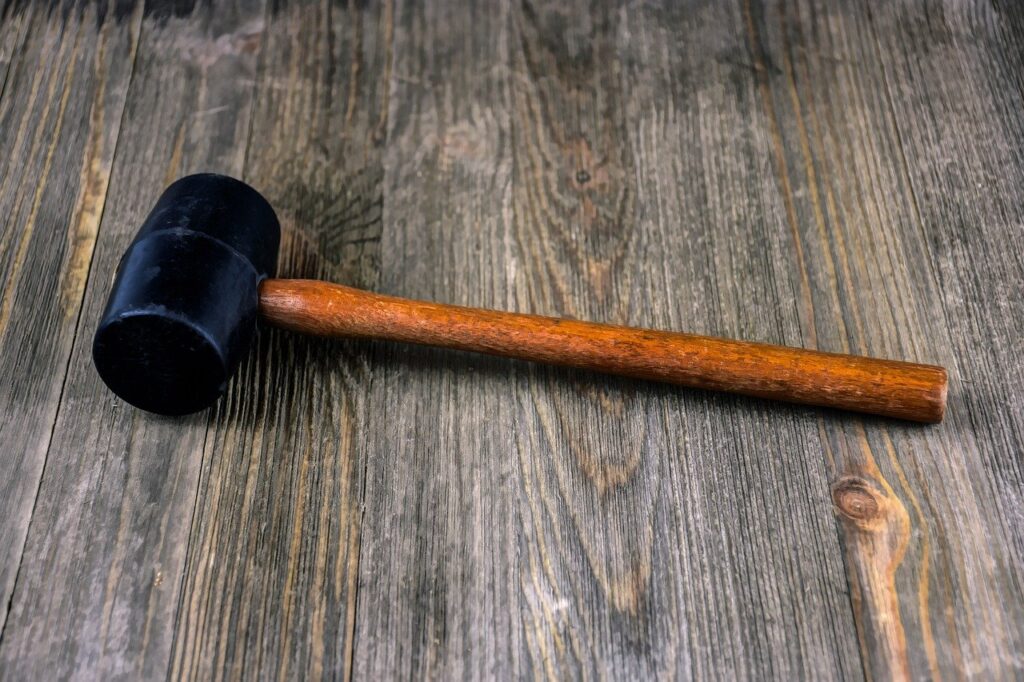
A mallet is a hammer that is commonly used in woodworking, and upholstery with a big head. Most mallets are often made of a rubber material for the head. A mallet often allows no slippage when working on an object, its striking face is also softer than a steel hammer.
Carpenters would use a wooden mallet when driving in dowls or using a chisel. A copper, brass, or leaden mallet would be used when you need to strike a steel object but cannot deform it.
The copper, brass or leaden mallet would deform first. It is also useful when avoiding sparks when striking an object.
5. Bush hammer
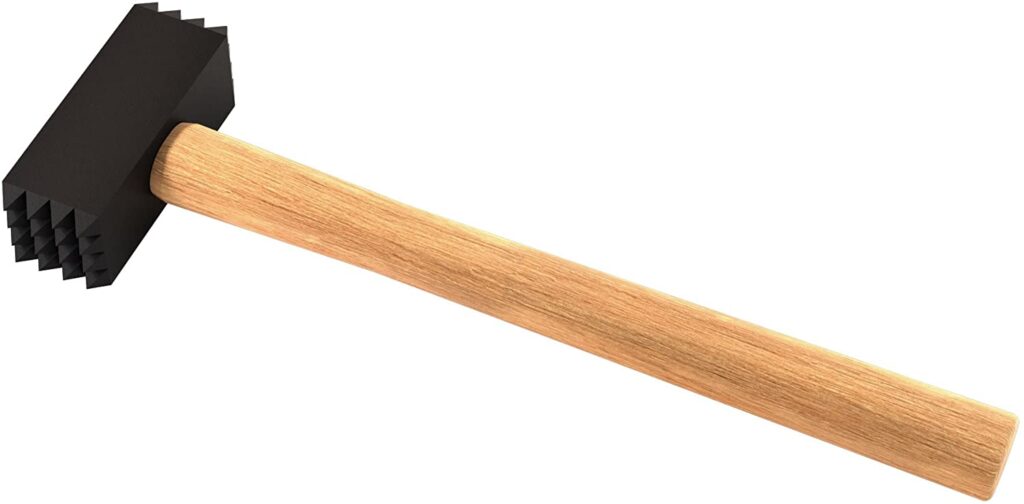
A bush hammer is used in masonry work to texturize a concrete or stone surface. It has a face with pyramid points, when used repeatedly with constant impact, it will make the surface of concrete and stone look like it has been weathered.
Modern use of this is all with machinery which saves time and costs. Good use of a bush hammer machine would be concrete that has delamination occurring can be reworked with a bush hammer machine.
Conclusion
These are just 5 different hammers out of many more that all have different purposes but are the same in principle. Hopefully, you learned something new and might add one of these hammers to your tool collection or recommend one to a friend. If you plan on adding tools to your tool kit here are the 10 best hand tools to own when starting your tool collection.





